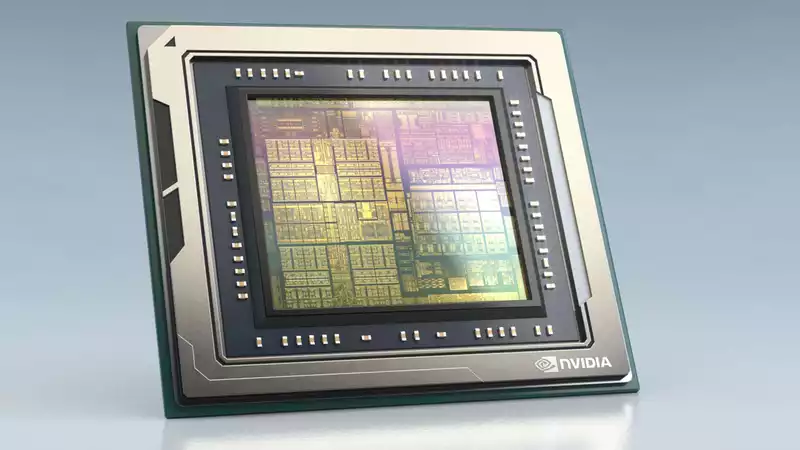The x86 CPU architecture has dominated the PC market since the dinosaurs roamed the earth, but rumors are flying that AMD and Nvidia are going head-to-head with Qualcomm to prepare an Arm-based CPU for Windows computers in 2025.
Currently, Qualcomm has an exclusive contract with Microsoft, and every computer that uses Windows on Arm has a Snapdragon CPU. This contract is set to expire in a few years, and given that the Arm architecture has dominated the phone industry and is making strides in the server and AI industries, AMD and Nvidia are looking to overtake Qualcomm.
This is according to a report from Reuters, where insiders claim that Nvidia plans to release an Arm CPU for Windows in 2025. this is not new territory for the GPU giant. nintendo Switch is powered by Nvidia's Tegra X1 system-on-chip (SoC) with four Cortex-A57 CPU cores.
Nvidia and Microsoft had previously partnered in 2012 and 2013 on the first two Surface tablets using Windows RT and the Tegra SoC. Eventually, Microsoft adopted Intel and its Atom CPUs, while Nvidia focused on designing processors for other markets.
More recently, Nvidia developed the Grace CPU, a design diametrically opposed to the older Tegra, with 144 cores and based on Arm's Neoverse V2 architecture, which is used for data analysis and AI applications in the HPC ( It is targeted at the high-performance computing (HPC) industry, where it will be used for data analysis and AI applications.
As such, it is definitely not suitable for desktop PCs, but Nvidia clearly has the financial backing to make it work.
According to this report, AMD is also developing an Arm CPU for Windows, something it has done in the past; in 2012, AMD announced the Opteron A1100 CPU with eight Cortex-A57 cores, but it took four years to get to market, by then no one was interested.
Around the same time that AMD began developing the x86 Zen architecture, an Arm-based parallel project called K12 was also launched. However, all of these projects were abandoned because AMD was in financial difficulties and needed to focus its resources on the ones that were most likely to succeed and bring in the most cash (which Zen clearly was).
Will we see the return of the K12?" Perhaps so, but given the pace of processor development, especially by Arm, it is more likely to be an entirely new approach. I think it is safe to say that AMD will leverage all segments to develop a new Arm processor.
Qualcomm's exclusive agreement with Microsoft may end in 2025, but it is clear that Qualcomm is looking to solidify its position by developing a SoC more suited to Windows PCs. is preparing a seriously enhanced chip in the form of the Elite X for next year. With a new 12-core CPU and an updated Adreno GPU, this chip definitely has the feel of the Apple M1.
I don't expect any of the upcoming Arm processors to contend at the top of the PC gaming charts, as all of these point to grabbing share in the lucrative notebook sector. But what about Intel? It has won a contract to manufacture Arm-based chips in its own foundry, but that doesn't mean it hasn't considered manufacturing its own chips in this architecture. [But it would be a funny development if AMD, Nvidia, and Qualcomm were to ask Intel to manufacture Arm CPUs.


Comments